In the realm of vascular medicine, a Port-a-Cath plays a crucial role, particularly for patients undergoing long-term treatments like chemotherapy. Understanding what a Port-a-Cath is, why it’s used, and the process of its insertion can help demystify this important medical device.
Contemporary surgical treatment of abdominal aortic aneurysms (AAA) has evolved dramatically over the past two decades.
An arterial blood clot can be quite serious, as it can block blood flow to major organs such as the heart or brain. While blood clots usually go away on their own, there are times when they will not dissolve naturally. Depending on the location of the clot, the condition can cause problems and you may need treatment.
As November is American Diabetes Month we wanted to talk about the relationship between Diabetes and Vascular diseases and what you can do to treat wounds related to diabetic foot ulcers.
Hyperlipidemia is a general term used to refer to any of the several acquired or genetic disorders that lead to increased levels of lipids in your blood, also known as high cholesterol. Lipids refer to fats, cholesterol, and triglycerides that increase the risk of developing atherosclerosis when produced in high[…]
November was American Diabetes Month. So why not talk about the relationship between Diabetes and Vascular diseases? Over 34 million Americans have diabetes, according to the CDC, and, with high blood sugar levels, your arterial walls can be adversely affected.


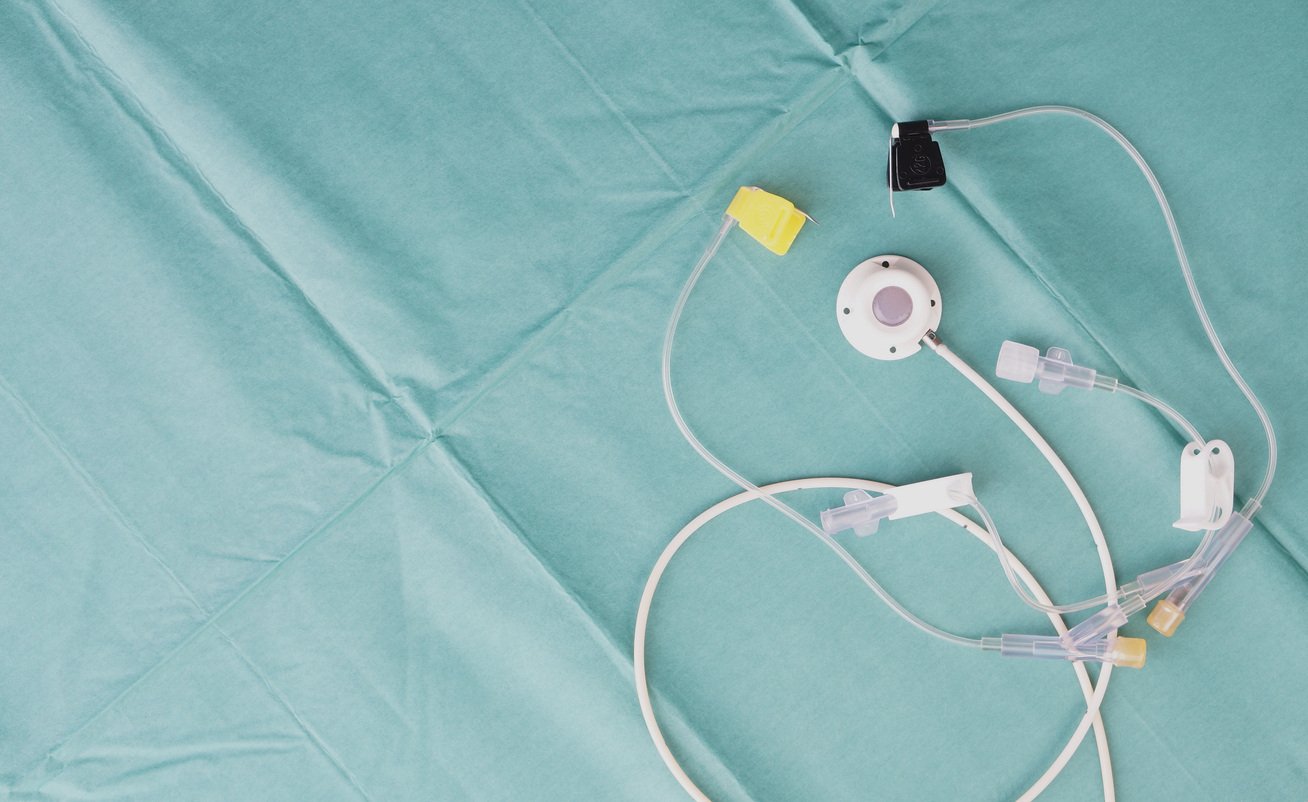
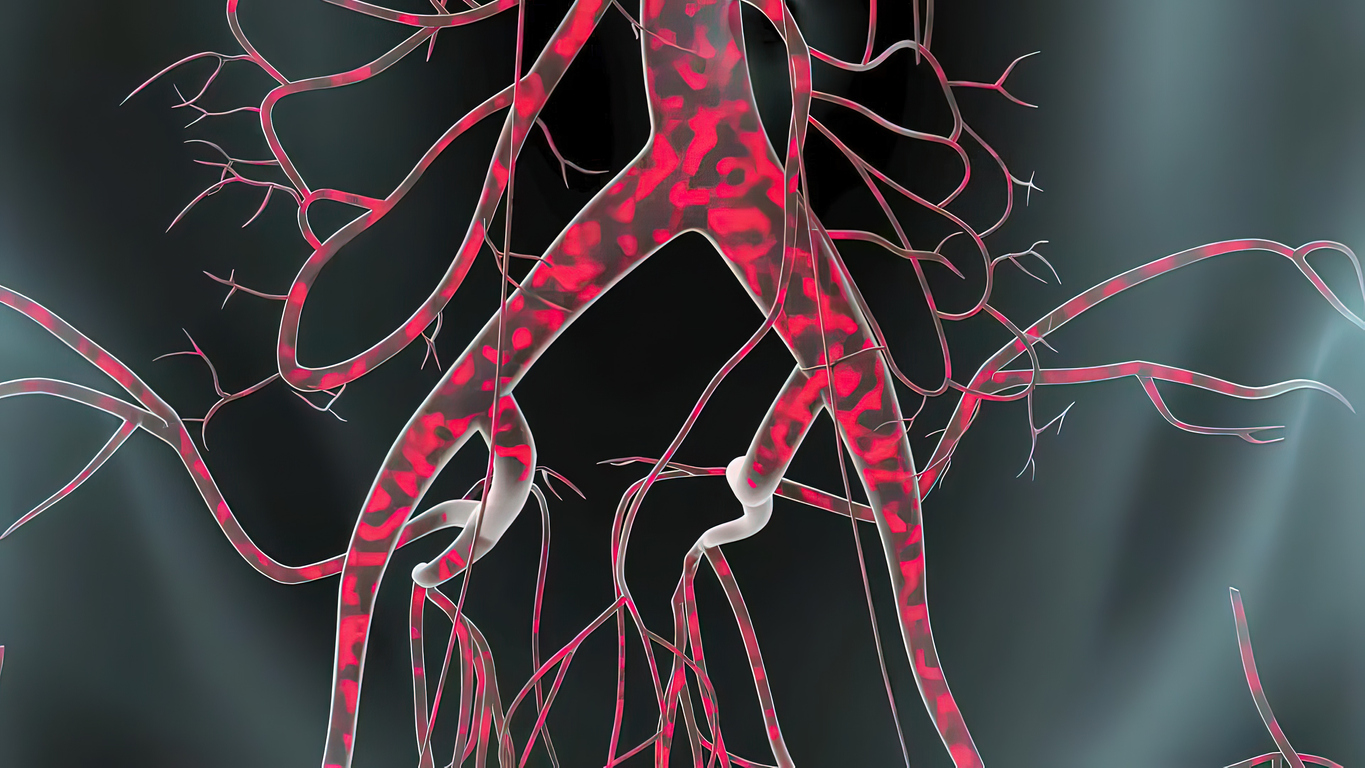
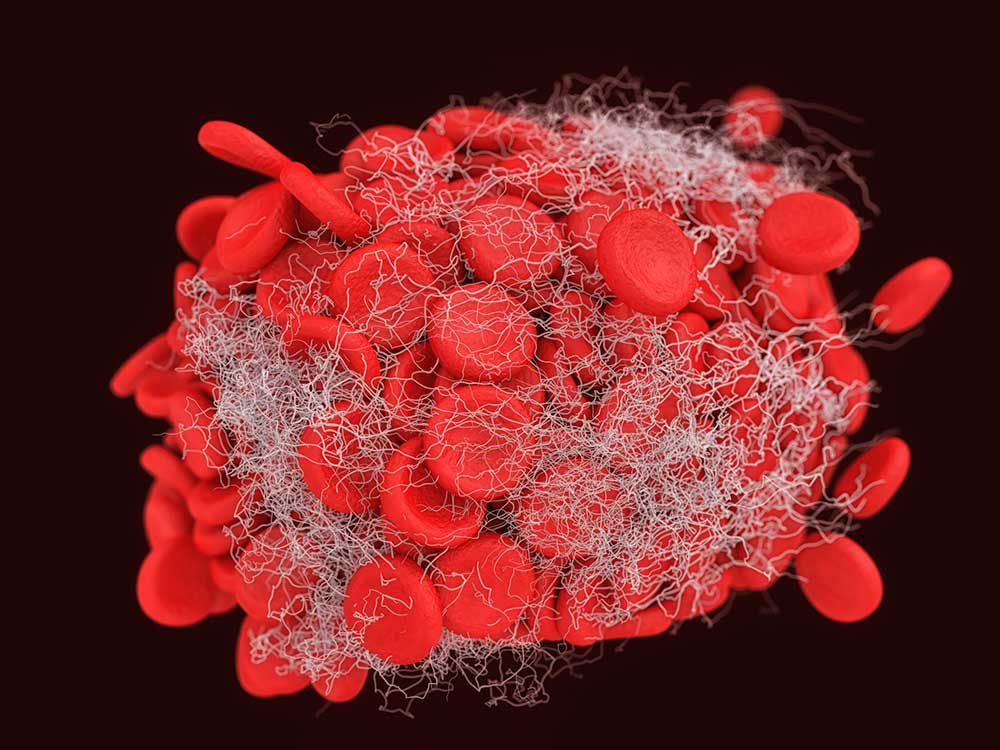
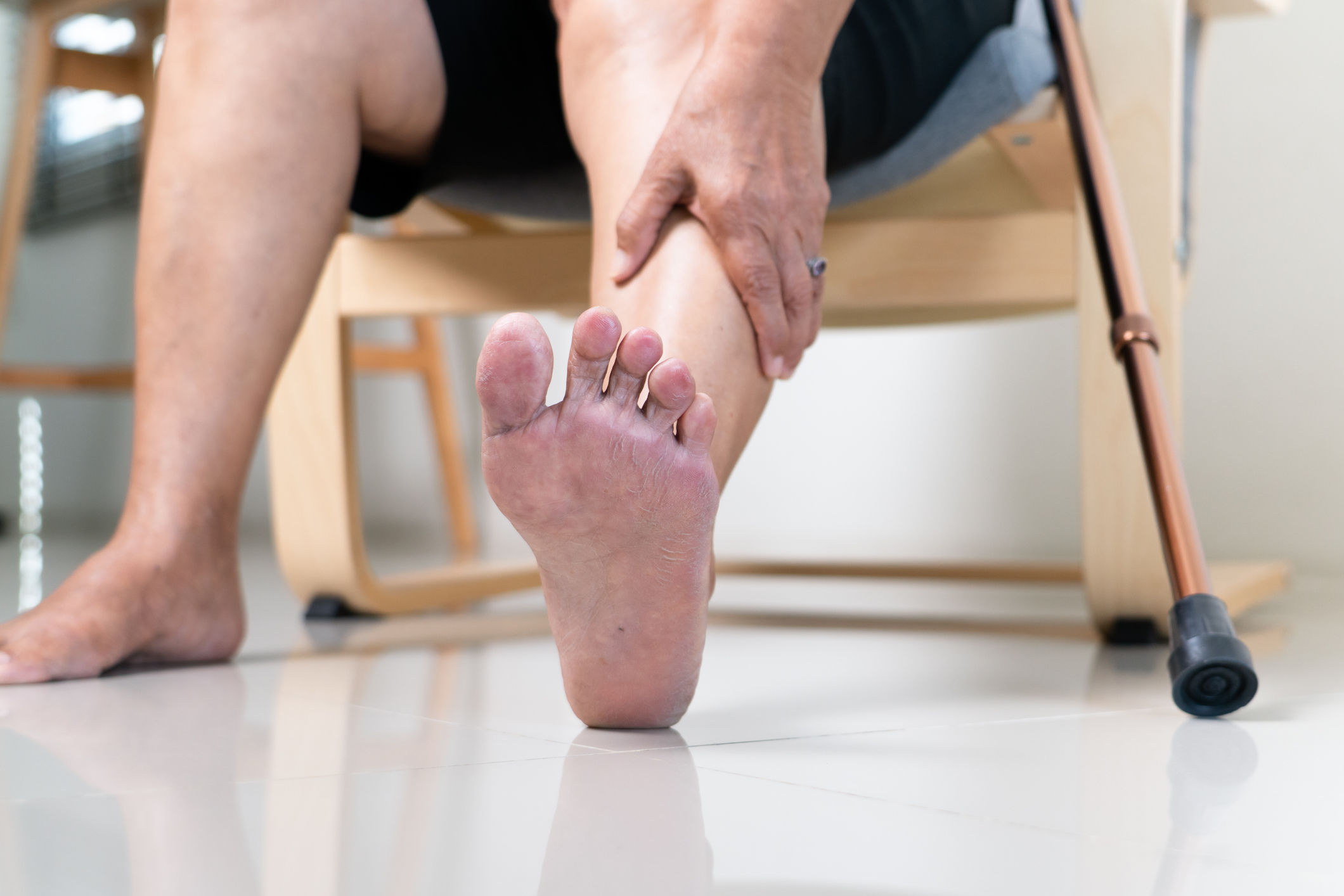
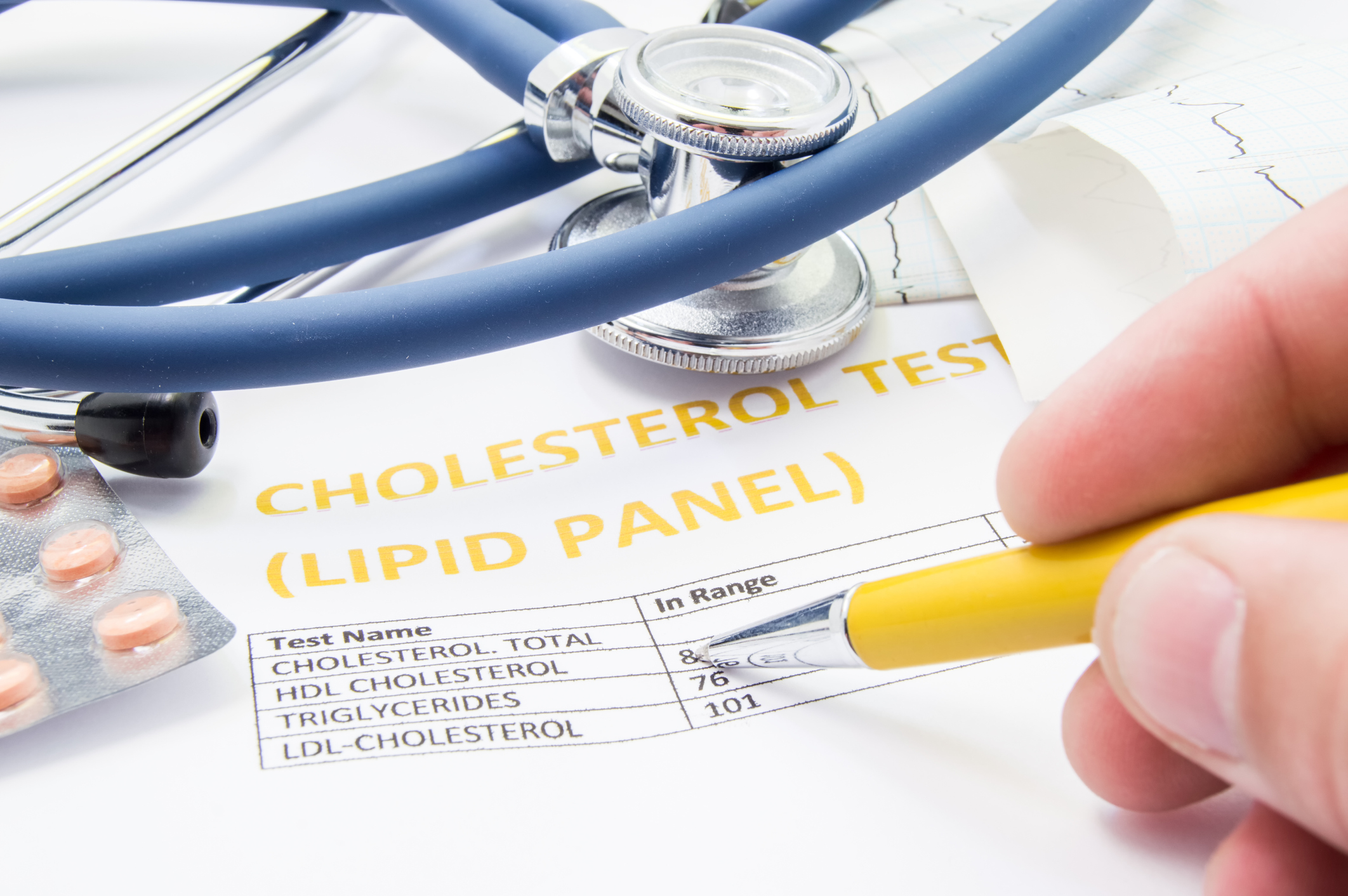






.jpg?width=944&name=Castle-Connolly-Top-Doctors-Emblem-Large%20(4).jpg)